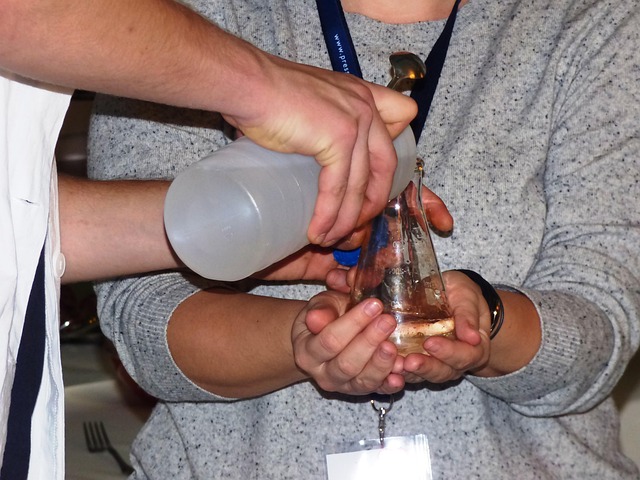
Chemical Reactions
Understanding Chemical Reactions
Chemical reactions are like the beautiful dance of molecules, transforming one set of substances into another. Imagine the excitement of baking a cake: you mix flour, sugar, and eggs, and through a series of chemical reactions, you create something entirely new and delicious! 🍰 This process is fundamental in our world, affecting everything from the food we eat to the medicines we take.
What Exactly is a Chemical Reaction?
At its core, a chemical reaction involves a change in the chemical identity of substances. This means that the original materials, known as reactants, undergo a transformation to form new substances called products. Unlike physical changes, where the substance remains the same (like melting ice), chemical reactions create entirely new entities with different properties.
Types of Chemical Reactions
There are several types of chemical reactions, each with its own unique characteristics. Here are some of the most common:
- Synthesis Reactions: These occur when two or more reactants combine to form a single product. Think of it as a beautiful union! For example, when hydrogen gas reacts with oxygen gas, water is formed.
- Decomposition Reactions: In these reactions, a single compound breaks down into two or more simpler products. It’s like taking apart a puzzle! An example is the decomposition of water into hydrogen and oxygen gases.
- Single Replacement Reactions: Here, one element replaces another in a compound. Imagine swapping partners in a dance! For instance, when zinc reacts with hydrochloric acid, zinc chloride and hydrogen gas are produced.
- Double Replacement Reactions: This type involves two compounds exchanging components. It’s like a fun trade! A classic example is when silver nitrate reacts with sodium chloride to form silver chloride and sodium nitrate.
Everyday Examples of Chemical Reactions
Chemical reactions are all around us, often in the most unexpected places! Here are a few everyday examples:
- Cooking: When you cook food, you’re initiating a series of chemical reactions that enhance flavors and textures. Think caramelization of sugar or the browning of meat!
- Rusting: The slow transformation of iron into rust is a chemical reaction with oxygen and moisture. It’s a beautiful yet sad reminder of nature’s power.
- Photosynthesis: Plants perform a magical chemical reaction, converting sunlight, carbon dioxide, and water into glucose and oxygen. 🌱 It’s how they thrive and grow!
The Importance of Chemical Reactions
Chemical reactions are not just fascinating; they are essential for life as we know it. They drive biological processes, power industries, and are crucial for environmental sustainability. Understanding these reactions can lead to innovations in medicine, energy, and materials science. It’s like holding the keys to a treasure chest of possibilities!
Conclusion
In summary, chemical reactions are the heart of transformation in the universe. They remind us that change can lead to beautiful new creations, whether in the kitchen, in nature, or in the lab. So next time you mix ingredients or observe nature, take a moment to appreciate the incredible science happening all around you! ✨
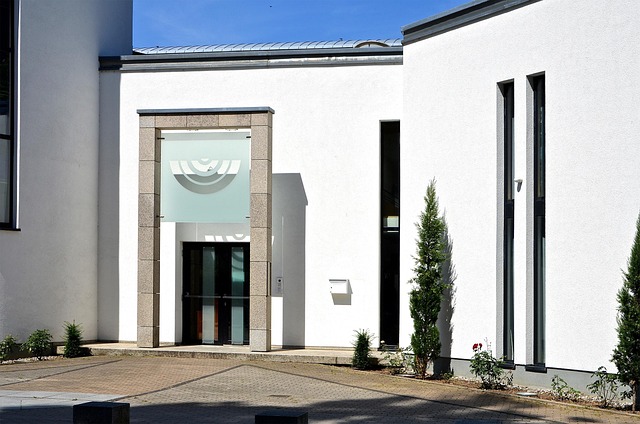

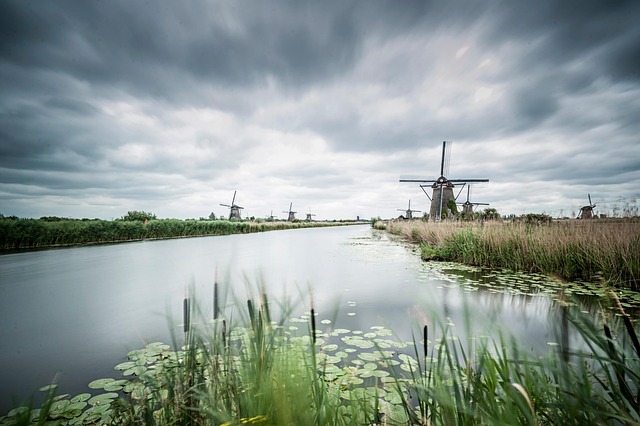

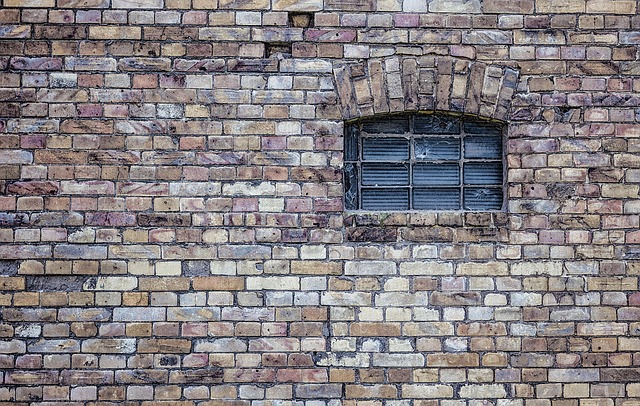

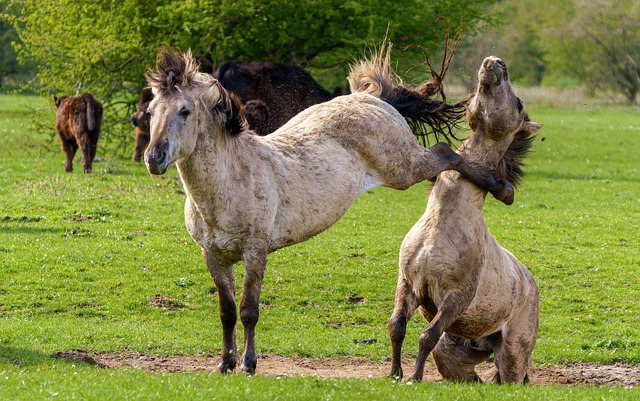
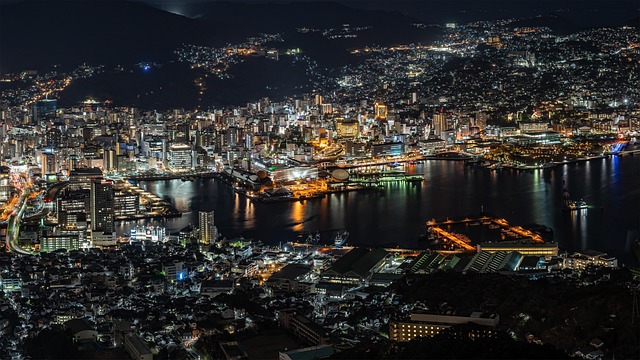

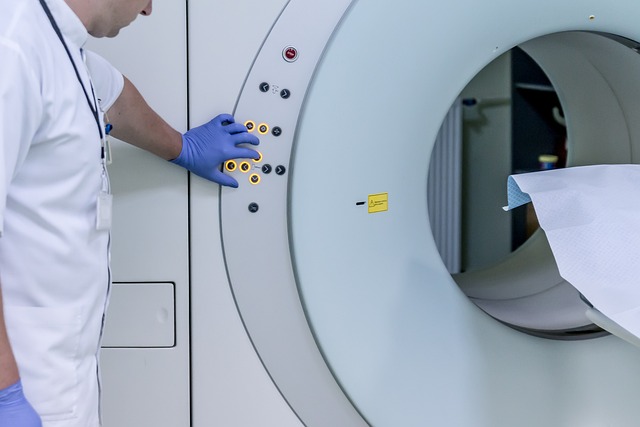


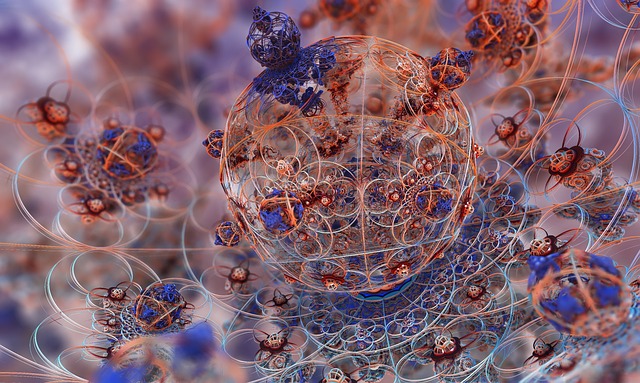




 The Pension Fund for Disciples of Christ
The Pension Fund for Disciples of Christ 
 Health
Health  Fitness
Fitness  Lifestyle
Lifestyle  Tech
Tech  Travel
Travel  Food
Food  Education
Education  Parenting
Parenting  Career & Work
Career & Work  Hobbies
Hobbies  Wellness
Wellness  Beauty
Beauty  Cars
Cars  Art
Art  Science
Science  Culture
Culture  Books
Books  Music
Music  Movies
Movies  Gaming
Gaming  Sports
Sports  Nature
Nature  Home & Garden
Home & Garden  Business & Finance
Business & Finance  Relationships
Relationships  Pets
Pets  Shopping
Shopping  Mindset & Inspiration
Mindset & Inspiration  Environment
Environment  Gadgets
Gadgets  Politics
Politics 